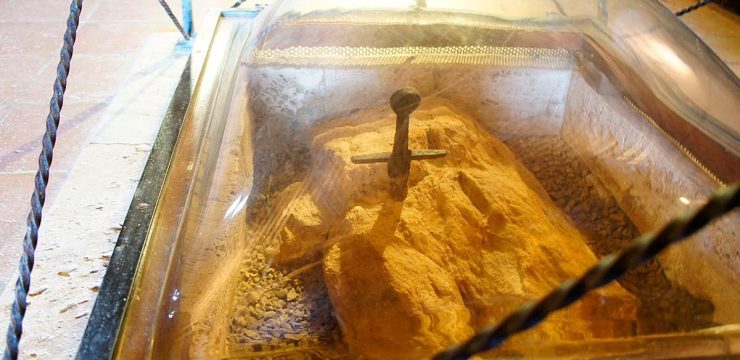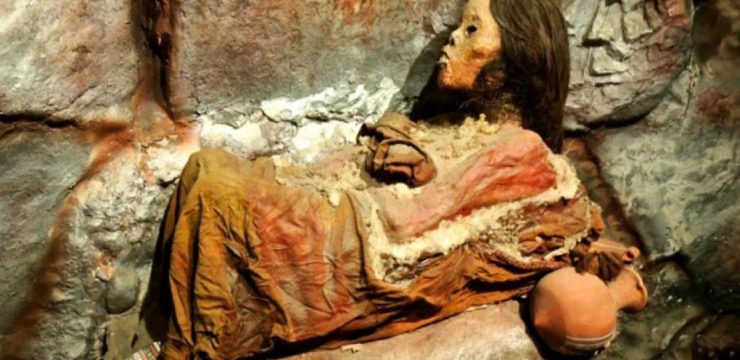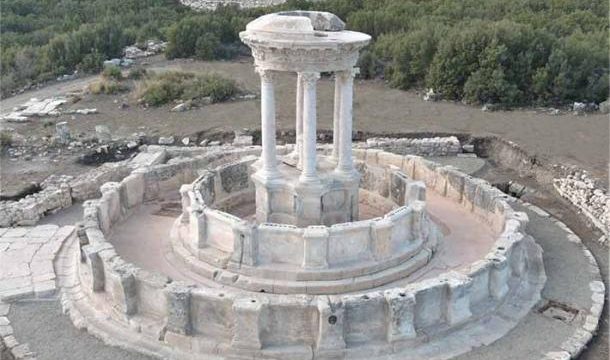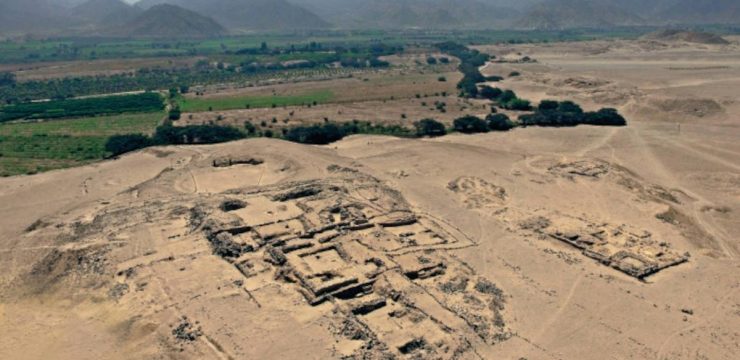Rising from the vast, undulating plains of northeastern Wyoming is a natural marvel that has both awed and puzzled humanity for thousands of years. Devils Tower, with its imposing height and mesmerizing shape, stands tall like a sentinel over the surrounding landscape. This massive geological formation is more than just a striking feature—it is a story etched in stone, shaped over millions of years by the forces of nature. To this day, scientists, historians, and curious visitors continue to unravel the secrets hidden within its towering columns and rugged base. While we’ve learned much about its formation, many aspects of Devils Tower remain cloaked in mystery, making it one of the most intriguing natural landmarks in North America.
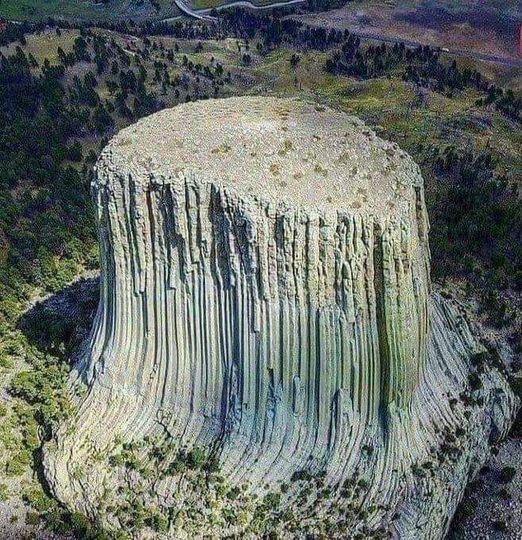
Long before this structure pierced the sky, the area that now hosts Devils Tower was vastly different. Around 225 to 195 million years ago, the region was submerged beneath an ancient inland sea. Layer by layer, sediment settled to the ocean floor, eventually forming the sedimentary rocks that make up much of the surrounding terrain. Over millions of years, these layers were compressed into shale, sandstone, and limestone, creating a foundation for what would become one of Earth’s most fascinating geological features.
Fast forward to about 50 to 60 million years ago—during the Paleocene Epoch—when immense geological changes began to reshape the land. As the Rocky Mountains and the Black Hills began to rise due to tectonic forces deep within the Earth’s crust, molten magma surged upward from the Earth’s mantle. This magma didn’t break through the surface but instead intruded into the already-formed sedimentary layers, cooling slowly beneath the ground. It is this intrusive igneous rock that would eventually become the core of Devils Tower.
Scientists have long debated the exact nature of this underground intrusion. Since the late 19th century, geologists have proposed a variety of theories regarding how Devils Tower came to be. Some believe it to be a volcanic plug—the solidified remains of magma that once filled the throat of an ancient volcano. Others suggest it might be a laccolith, a dome-like structure formed when magma pushes up sedimentary rock but doesn’t erupt. Additional theories include that it is a stock, a large mass of igneous rock, or even a remnant of a maar-diatreme volcano—a rare explosive formation caused by interactions between magma and groundwater. Each theory adds a layer of intrigue to the Tower’s already captivating presence, and while no single explanation has gained universal acceptance, all agree that the formation was born of fiery origins and sculpted by time.
One undisputed aspect of Devils Tower’s story is the role erosion played in exposing it. After the magma cooled and hardened underground, it remained buried beneath thousands of feet of softer sedimentary rock. Over millions of years, natural forces such as wind, rain, and frost slowly wore away these upper layers, revealing the hardened igneous core we see today. This gradual erosion, which continues to this day, is responsible for shaping the Tower’s dramatic appearance and isolating it from the nearby terrain.
Among the Tower’s most visually stunning characteristics are its vertical columns—massive, polygonal formations that stretch skyward in symmetrical precision. Known as columnar jointing, this pattern occurs when molten rock cools and contracts, forming long, hexagonal columns. While this geological feature can be found in other places across the globe, such as the Giant’s Causeway in Northern Ireland or the Columbia River Basalt Group in the Pacific Northwest, few sites match the sheer scale and grandeur of Devils Tower’s columns. Some of the columns are up to 10 feet wide and extend uninterrupted from the base to near the summit, creating a surreal visual effect that inspires both awe and scientific curiosity.
Despite its ancient origins, Devils Tower remains a living structure—one still influenced by the forces of nature. The rock continues to respond to freeze-thaw cycles, rain, and temperature changes. Small fragments of rock periodically break off and tumble down, contributing to the boulder fields that lie at its base. These scattered boulders serve as reminders of past collapses and the Tower’s ongoing transformation. Interestingly, despite this slow but persistent erosion, there has never been a recorded instance of one of the major columns collapsing in modern times, allowing the Tower’s iconic silhouette to remain largely unchanged over human history.
Today, Devils Tower is more than just a geological formation—it’s a cultural and spiritual icon. For many Native American tribes, it is a sacred site woven into legends and traditional narratives. Stories passed down through generations speak of the Tower’s creation by divine or mythical forces, lending a spiritual dimension to its commanding presence. Recognized by the federal government as the first United States National Monument in 1906, Devils Tower has since attracted millions of visitors, climbers, geologists, and photographers, all drawn by its beauty and the mystery that surrounds it.
As you stand at the base of Devils Tower and look up, it’s impossible not to feel a connection to Earth’s ancient past. The formation is a monument not just to time, but to the incredible power of natural processes that span eons. It reminds us that our planet is constantly evolving, slowly revealing its wonders layer by layer. In a world often driven by rapid change, Devils Tower offers a moment of stillness and reflection—a glimpse into the majestic story of the Earth itself. Whether you’re a scientist seeking answers, a traveler searching for inspiration, or simply someone who marvels at nature’s wonders, Devils Tower welcomes you into a narrative millions of years in the making, a story that is still unfolding with every passing season.

